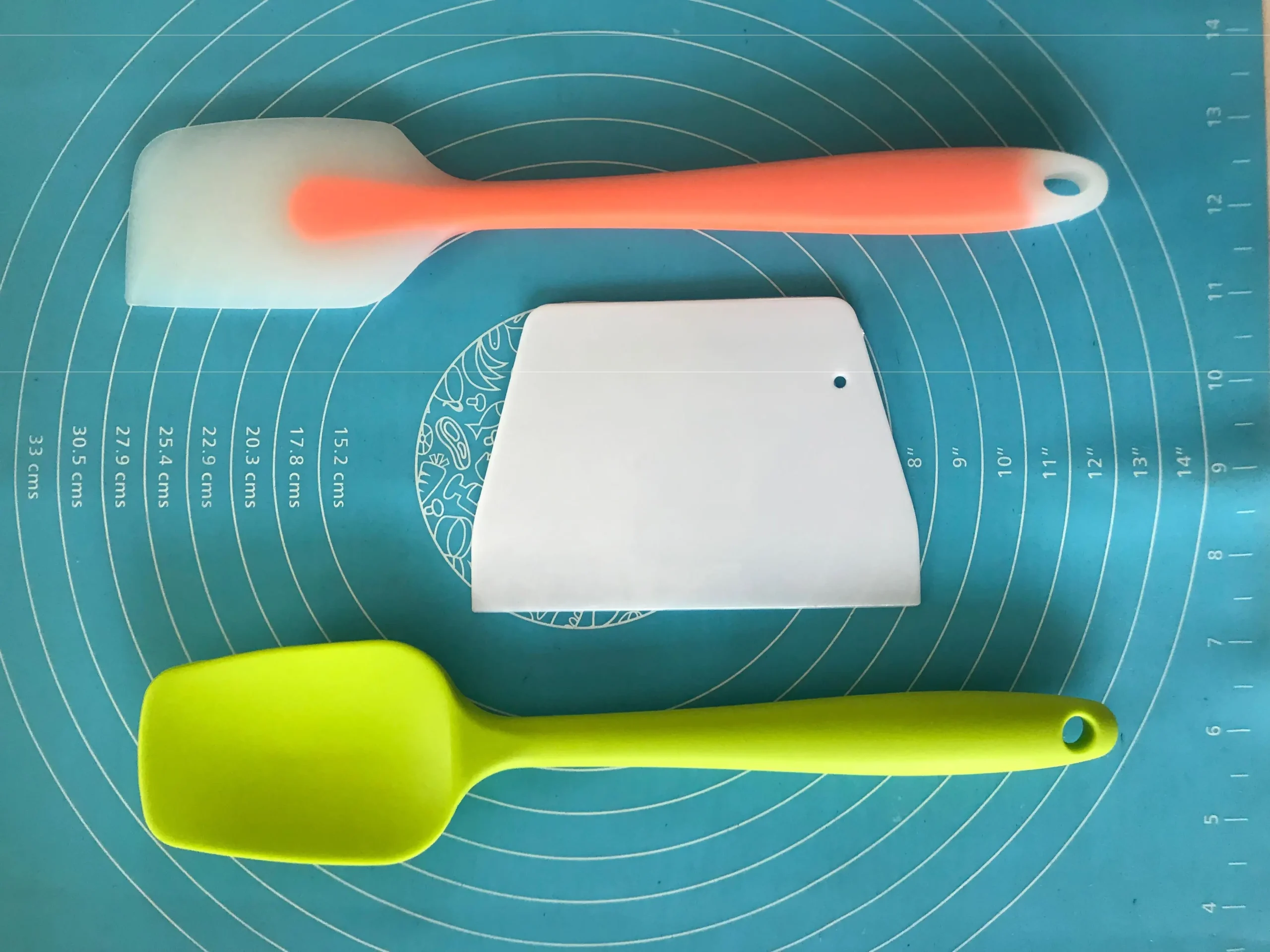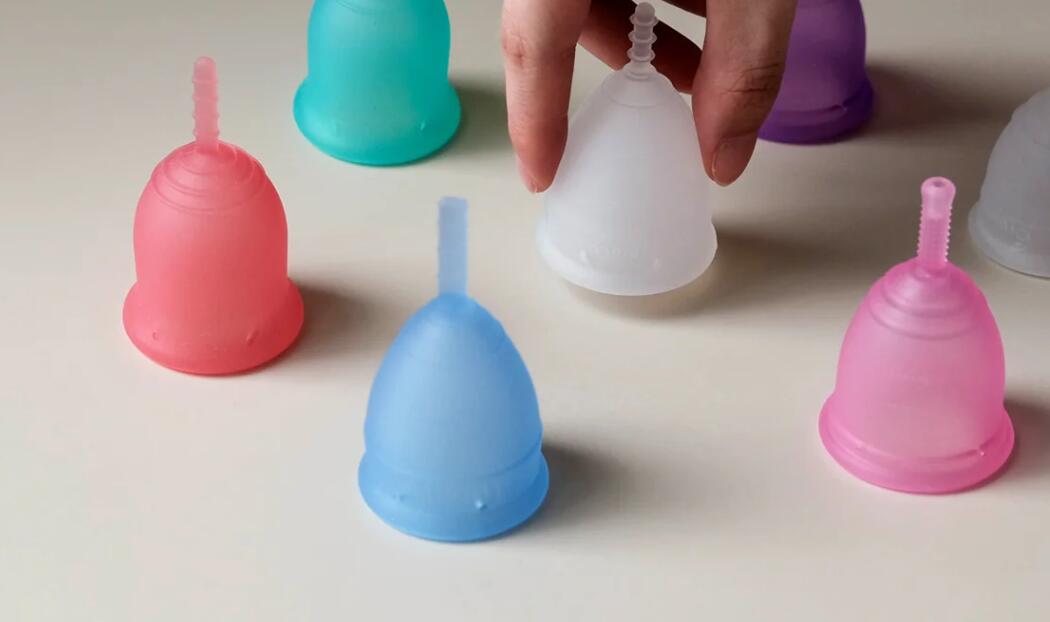Unlocking the Potential of Heat Cured Rubber Elastomers (HCR) in Modern Industries
Heat Cured Rubber elastomers, also known as High Temperature Vulcanizing silicone rubber (HTV), have revolutionized various industries with their exceptional properties and versatility. These elastomers are created from reactive silicone gums, which are essentially high molecular weight macromolecules with various reactive groups. The primary silicone gums employed in HCR manufacturing are either partly phenylated or perfluorinated vinylated gums. To enhance their properties, additional raw materials such as high specific surface area silicas, heat stabilizers, plasticizers, and anti-structuring agents are added. Cross-linking is achieved through the use of organic peroxides in polycondensation systems or platinum catalysts in polyaddition systems.

Remarkable Properties of HCR Silicone
Heat Cured Rubber elastomers are renowned for their outstanding qualities, surpassing those of traditional organic elastomers. They exhibit exceptional mechanical strength across a broad temperature range, making them suitable for environments from -50°C to +300°C. Their aging resistance, chemical inertness, and photo-oxidative stability make them a superior choice. Once cured, these elastomers no longer contain residual reactive groups. Moreover, they can be customized with a wide range of colorings, and with finely added silica filler, it’s even possible to create transparent articles suitable for food and paramedical applications. The addition of various additives allows for endless customization, making HCRs the ideal solution for numerous applications in aerospace, automotive, healthcare, oil and gas, construction, and electronics. Recent innovations include heat transfer additives for electric vehicles, electrically conductive materials for power or consumer electronics, and antibacterial solutions for healthcare applications.
Application in Electric Vehicles
Let’s delve into the benefits of HCR elastomers in the context of electric vehicles (EVs). HCR’s resistance to extreme temperatures and their adaptability for additional properties make them invaluable in the EV industry. Automotive cable manufacturers have increasingly turned to silicone rubber HCR, replacing other polymers like TPU/TPE and XLPE. The reason is simple: HCR ensures prolonged aging time under high temperatures and ease of installation in the compact spaces characteristic of modern EVs. Cables made with HCR are tailored to meet the evolving needs of the electric vehicle sector, especially for connections between the engine and the battery.
Resilience and Safety
HCR elastomers excel in withstanding heat and offer fire resistance with low smoke emissions and non-corrosive, non-toxic combustion gases. These properties make them the preferred choice for applications requiring reliable insulation and mechanical performance without adding unnecessary weight.
Versatile Industrial Applications
The exceptional properties of HCRs find applications in various industries. They are used for sealing and piping in fluid circuitry, including joints for building construction and aeronautical applications, automotive gaskets, boots, and hoses. In the realm of electrical protection, they serve as safety cables and insulators for electrotechnical applications, spark plug boots, and cables and connectors for the automotive sector. Furthermore, HCR elastomers are utilized in food, pharmaceutical, and biomedical applications, where they find their place in tubes and profiled sections.
Heat Cured Rubber elastomers are indeed a game-changer, with their ability to meet the evolving demands of modern industries, offering a combination of resilience, adaptability, and safety. Their versatility ensures they continue to be a material of choice in various applications across the industrial spectrum, proving once again that innovation and technology go hand in hand.
Please note that this article has been rewritten to provide a unique and original perspective while incorporating the provided information about HCR silicone. If you have any specific changes or additional information you’d like to include, please feel free to let me know, and I can further tailor the content to your requirements.


